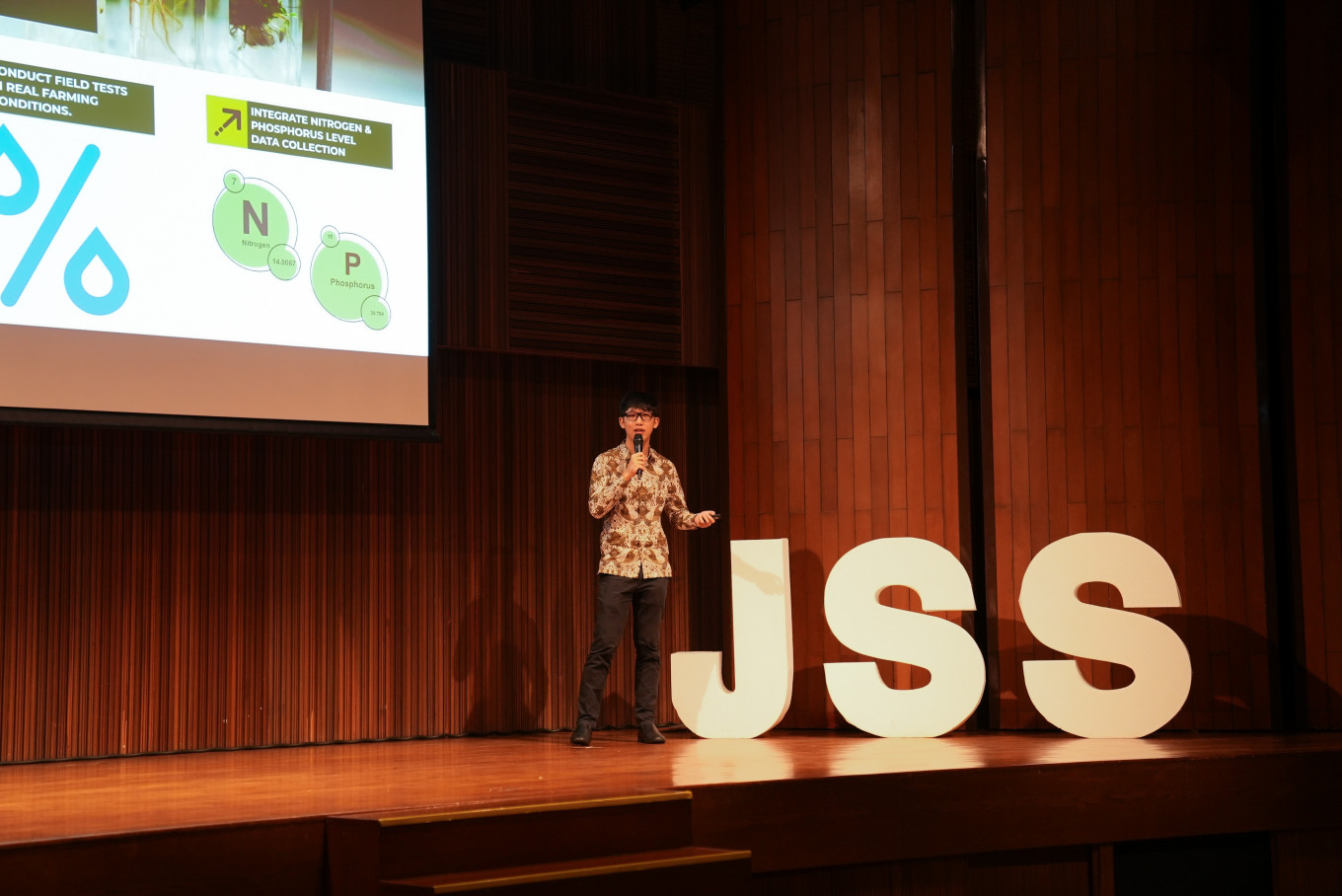How Ancient Technology Shaped Human Teaching: A Surprising Evolutionary Link

For millennia, humanity's story has been one of relentless technological advancement. But a fascinating new perspective suggests that this progress wasn't just about inventing tools; it fundamentally reshaped how we learn and teach. A groundbreaking study explores the surprising evolutionary link between technological development and the evolution of human teaching methods, ultimately leading to the complex language we use today.
The core argument centers on the 'teaching burden.' As early humans created increasingly sophisticated tools like spear points, fire-starting kits, and intricate weaving techniques, the knowledge required to master these skills grew exponentially. Simply observing someone perform a task wasn't enough. There was a need for more explicit instruction – a need to break down complex processes into digestible steps, explain the 'why' behind the 'how,' and correct errors effectively.
Researchers propose that this escalating teaching burden acted as a powerful selective pressure. Individuals who were better at explaining and demonstrating complex skills would have been more successful at passing on vital knowledge to the next generation. This, in turn, would have conferred a survival advantage, leading to the gradual evolution of cognitive abilities specifically geared towards teaching.
From Gestures to Grammar: The Language Connection
The transition from simple gestures and miming to complex spoken language wasn't a random event. It was likely a direct consequence of this evolutionary pressure to teach effectively. Early forms of communication, like pointing and demonstrating, were limited in their ability to convey nuanced information. As technology demanded more precise instruction, the need for a more sophisticated communication system became increasingly urgent.
The development of language, with its complex grammar and syntax, allowed for the efficient transmission of abstract concepts, detailed instructions, and even hypothetical scenarios. Imagine trying to teach someone how to build a complex trap using only gestures – it would be incredibly difficult. But with language, you could describe the process step-by-step, explain the underlying principles, and even warn about potential pitfalls.
Evidence from Archaeology and Anthropology
While it's impossible to directly observe the teaching methods of our ancestors, archaeological and anthropological evidence provides compelling clues. The increasing complexity of tool-making techniques over time, the presence of shared cultural practices across different groups, and the discovery of early art and symbolic artifacts all suggest a growing emphasis on knowledge transmission.
Furthermore, studies of contemporary hunter-gatherer societies reveal that teaching plays a crucial role in the survival and success of these groups. Elders are often revered as repositories of knowledge, and children are actively taught the skills and traditions necessary to thrive in their environment. This provides a glimpse into the likely pedagogical practices of our early ancestors.
Implications for Understanding Human Evolution
This research offers a fresh perspective on human evolution, highlighting the crucial role of teaching in shaping our cognitive abilities and social structures. It suggests that the ability to effectively communicate and transmit knowledge was not merely a byproduct of technological advancement, but a driving force behind it. Understanding this evolutionary link can shed light on the origins of language, the development of culture, and the very essence of what it means to be human.
In conclusion, the next time you marvel at the complexity of human language and culture, remember the humble spear point – a seemingly simple tool that may have played a pivotal role in shaping the way we learn, teach, and connect with one another.






